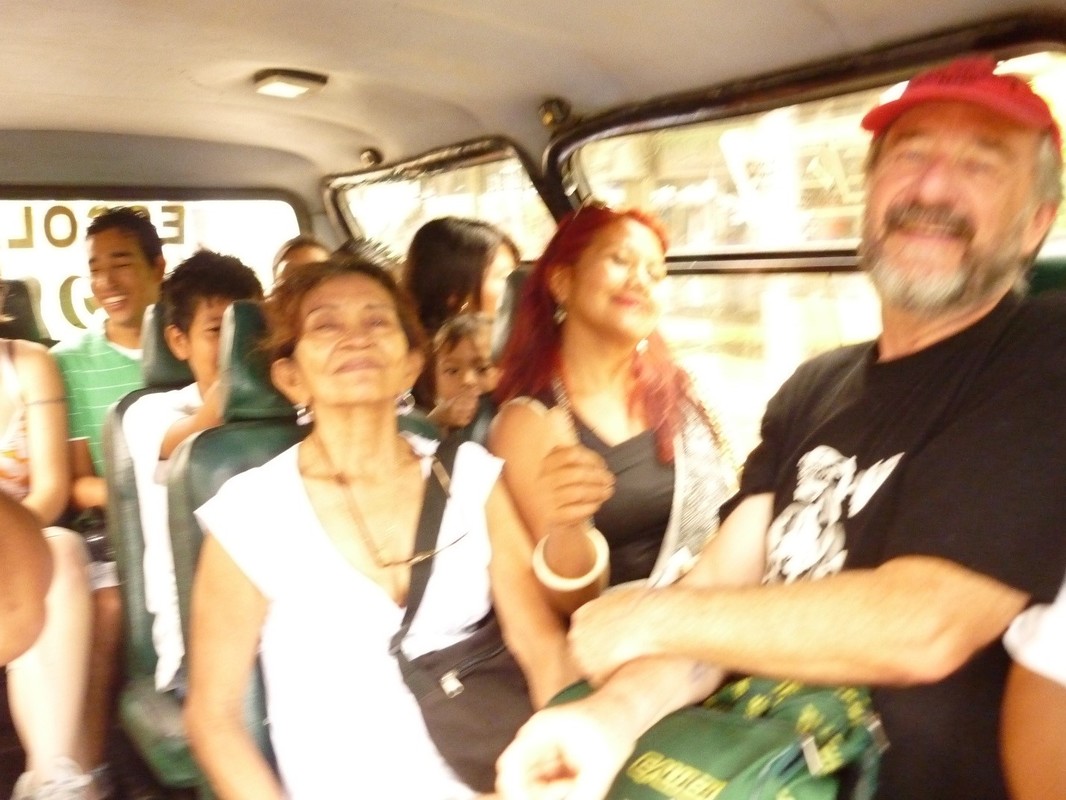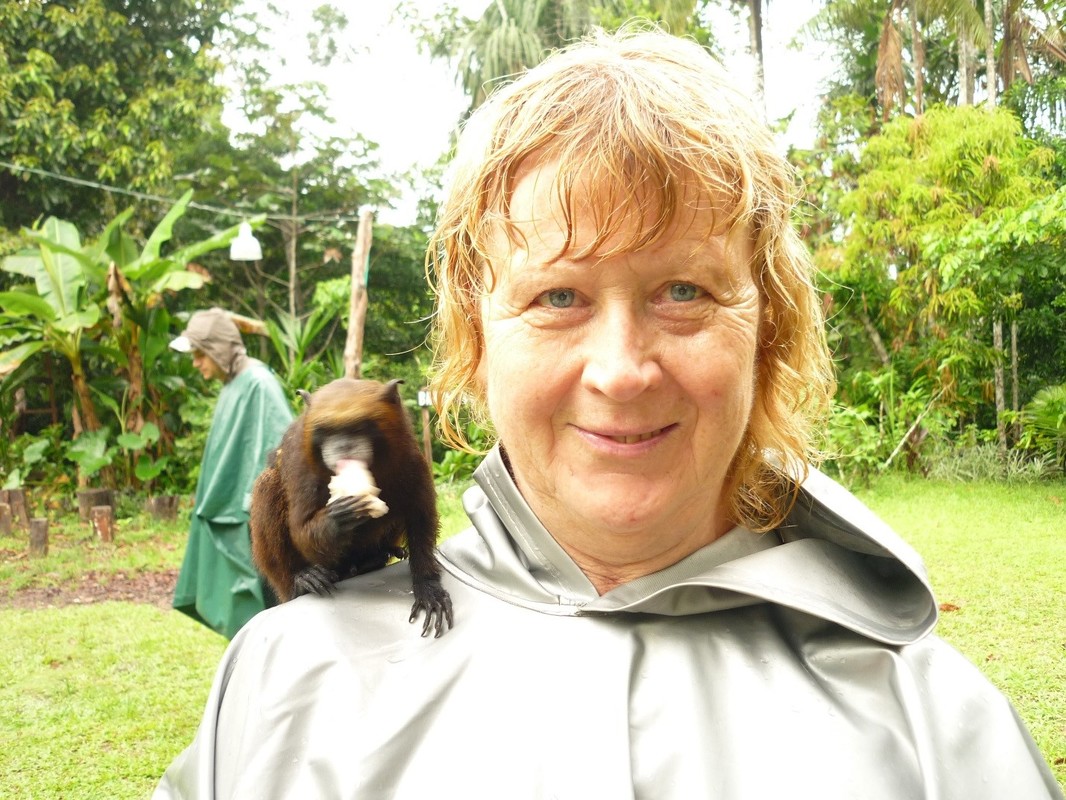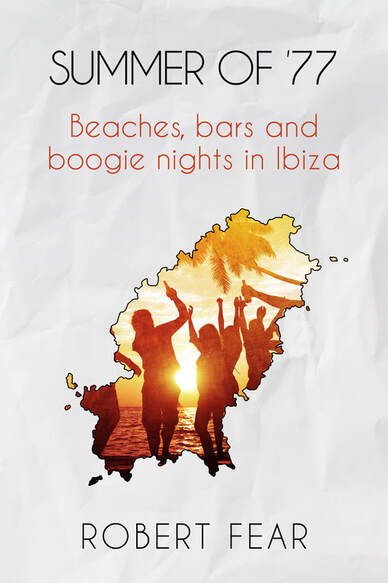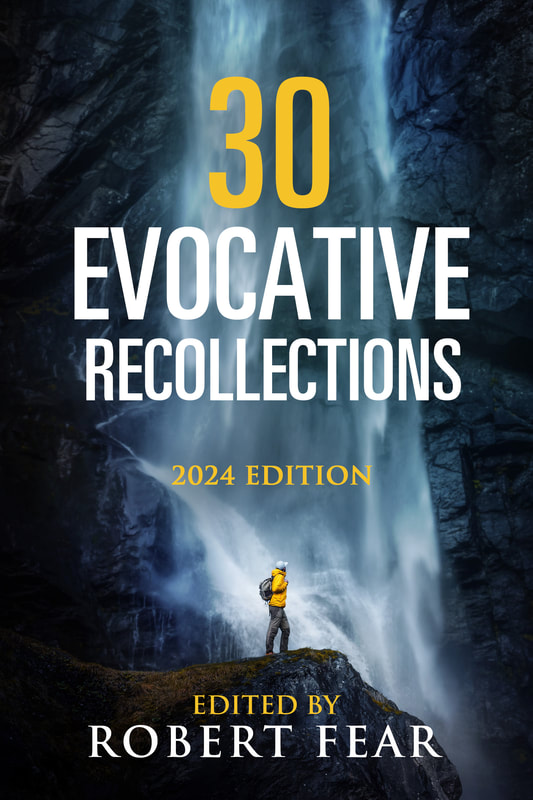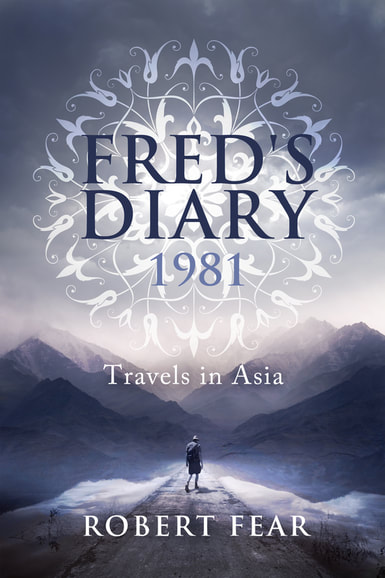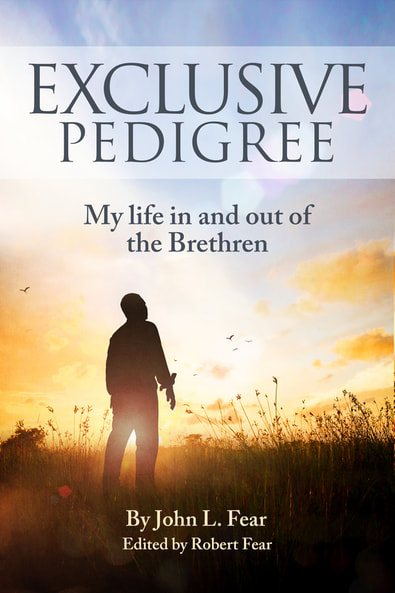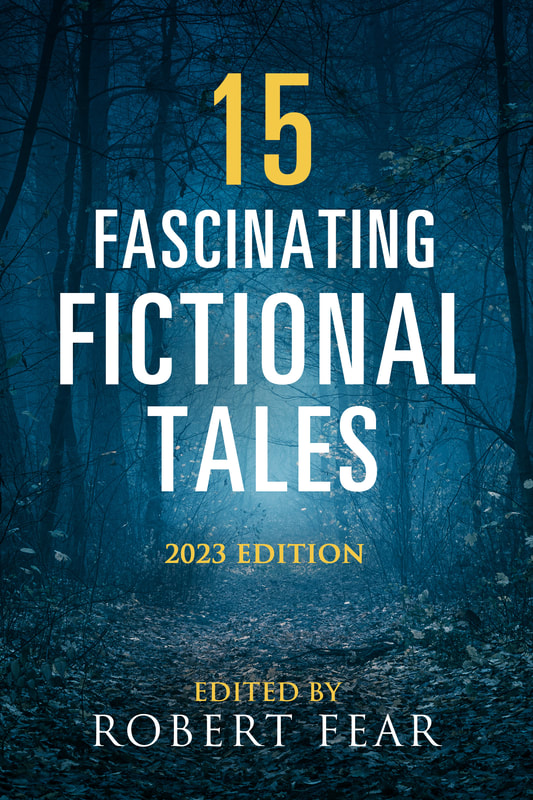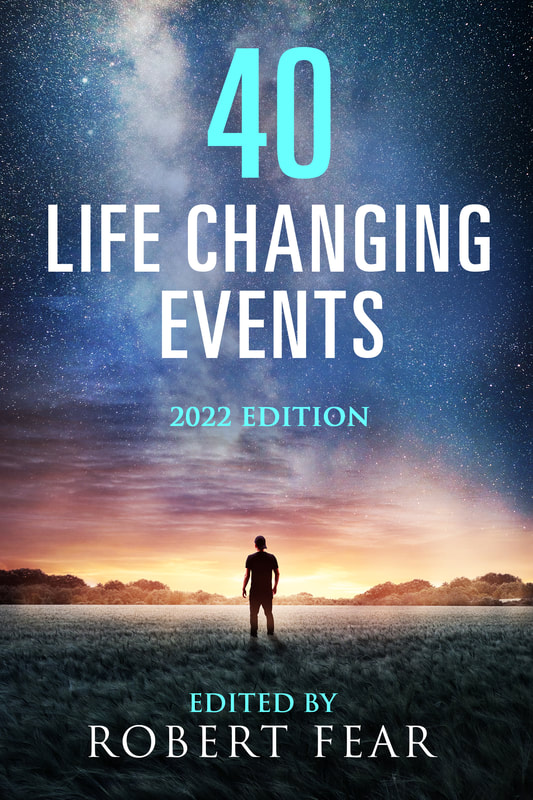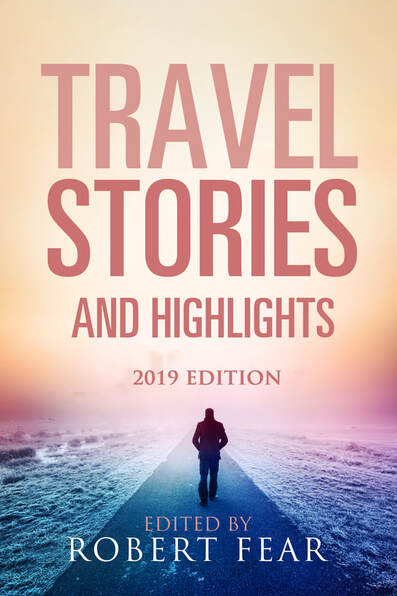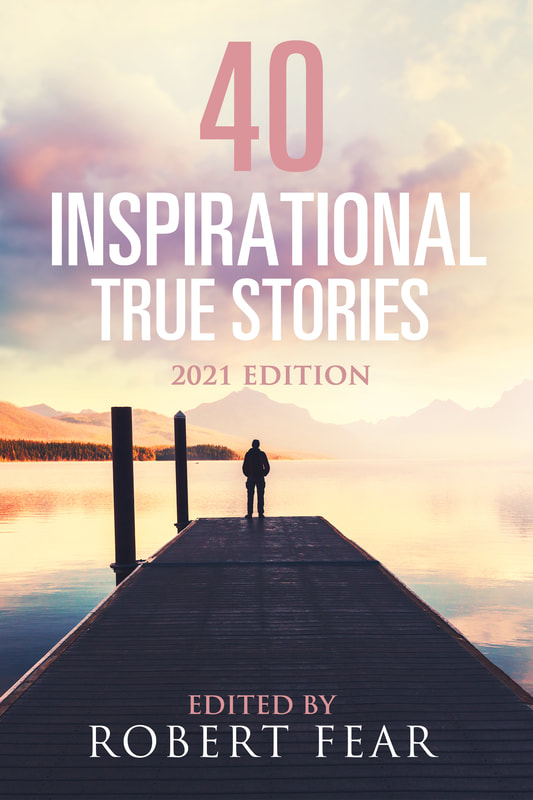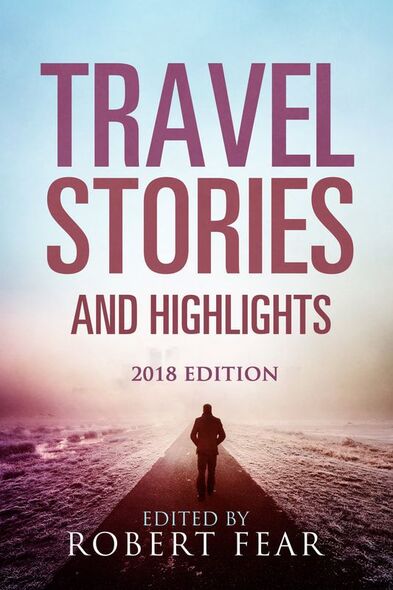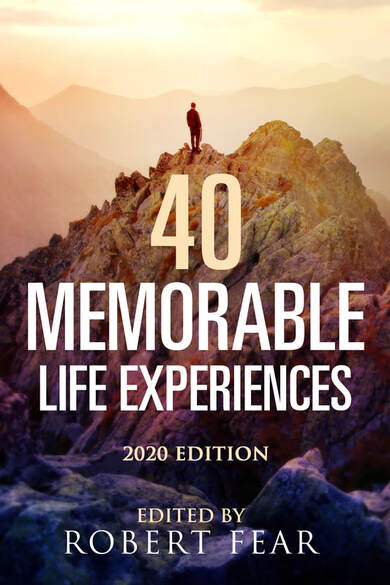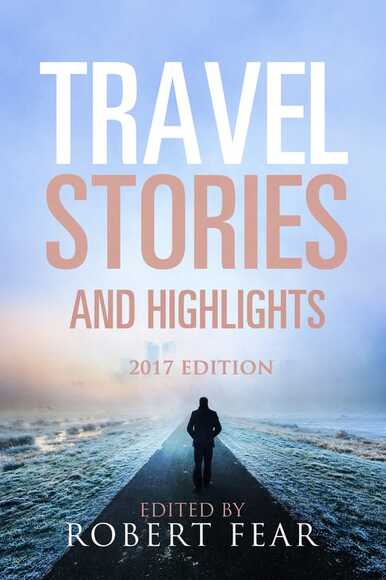MUNDO AMAZONICO by Syd Blackwell
Leticia, is the southernmost city in Colombia. It is on the Amazon. The Brazilian city of Tabatinga is adjacent and the Peruvian island of Santa Rosa is midway across the river. Access to Leticia is by air or boat. The nearest Colombian highway lies 800km north.
On our 2012 flight from Bogotá to Leticia, the airline magazine had a feature story, “AMAZON ADVENTURE”, describing, “Mundo Amazonico, a nature park that offers all the riches of the jungle”. The park had opened in 2011. It is the project of Rafael Clavijo, who grew up in Leticia, but left for higher education and work. He was having a successful career in Australia before he decided to come home; and, with his mother, buy up a tract to create “an ecological park that would help preserve…ecosystems and…promote tourism, all based on the abundant natural and cultural riches of the Amazon….” We knew we had to go for a visit.
A few days later, another couple from our Malokamazonas Hotel, a Colombian and his Swiss girlfriend, joined us for the fifteen-minute trip to Mundo Amazonico in a local microbus. It was absolutely packed by the time we squeezed in. We also shared the space with a crate of live chicks and a bag of fish. We became a source of entertainment for the locals on the bus, especially a woman and her mother seated right beside me. They don´t get a lot of tourists on these microbuses. We all laughed a lot. When we reached the park, we were joined by another couple, the Colombian girl and her Australian boyfriend from yesterday´s boat trip.
A few minutes after our Ticuna Indian guide began the tour, it started to rain. It´s a rain forest! An assistant suddenly appeared with heavy grey or green rain ponchos and our tour continued.
Soon we were immersed in explanations about plants. There are 300 native species in the park. As the magazine article had said, “…to see such abundance and variety in the Amazon…would require an expedition of at least two days into the heart of the jungle”. Of course, it would also take days to see everything in this little park. We were shown plants, and told how they are used and what they can cure. The list of ailments included malaria, yellow fever, cancer, hepatitis, open wounds, high blood pressure, cataracts, warts, loss of hair, and much more. We tasted a few plants. The rain did not ease.
We took a tour break in a little, roofed shelter where our guide gave us tea made from a kind of citrus leaf, coca leaves, stevia, and another plant we didn´t understand. The tea was fabulous! The park was going through a process that will allow them to sell the tea to visitors to take home. It will be popular. Before our break ended, Rafael, the park developer, appeared and told us a lunch was being prepared for us and he would see us later.
Following the break, we learned about a particular plant that is used in a spiritual way by the Indians. Before using this plant, they must prepare for three days and must not eat meat, dairy or bananas, all of which produce a deadly reaction with this plant. They must also mentally prepare. When properly ingested the plant causes nausea and diarrhea for an hour followed by hallucinatory experiences that evolve into journeys into the user´s soul, past lives, and future lives. We then learned much more about plants and local Indian culture from our amazing, articulate guide, before Rafael re-appeared to say we must come to eat right now while the soup was hot.
We ate in the family house at the park. We met his wife, children and mother. The lunch began with a delicately seasoned, typical Amazon fish soup, followed by a choice of fried fish or chicken, with rice, plantains and salad. Pépe, the pet monkey, banished outdoors for our visit, spent the whole time searching the screened walls and windows for a way to get back in. I don´t think he enjoyed our presence.
When we were finished eating, Rafael took us for a preview tour of his new aquarium area which would be opened in two weeks. He also had a butterfly exhibiting area under construction. He is dedicated to his park which will continue to evolve. Oddly, he had never seen the airline magazine article which brought us to his park. We offered him our copy, which he could pick up at the hotel on his next visit to town. Mundo Amazonico was awarded the 2011 Venture Prize for the best environmental experience in the Amazon for… ’Sustainable Use of Biodiversity´”.
We loved it.
